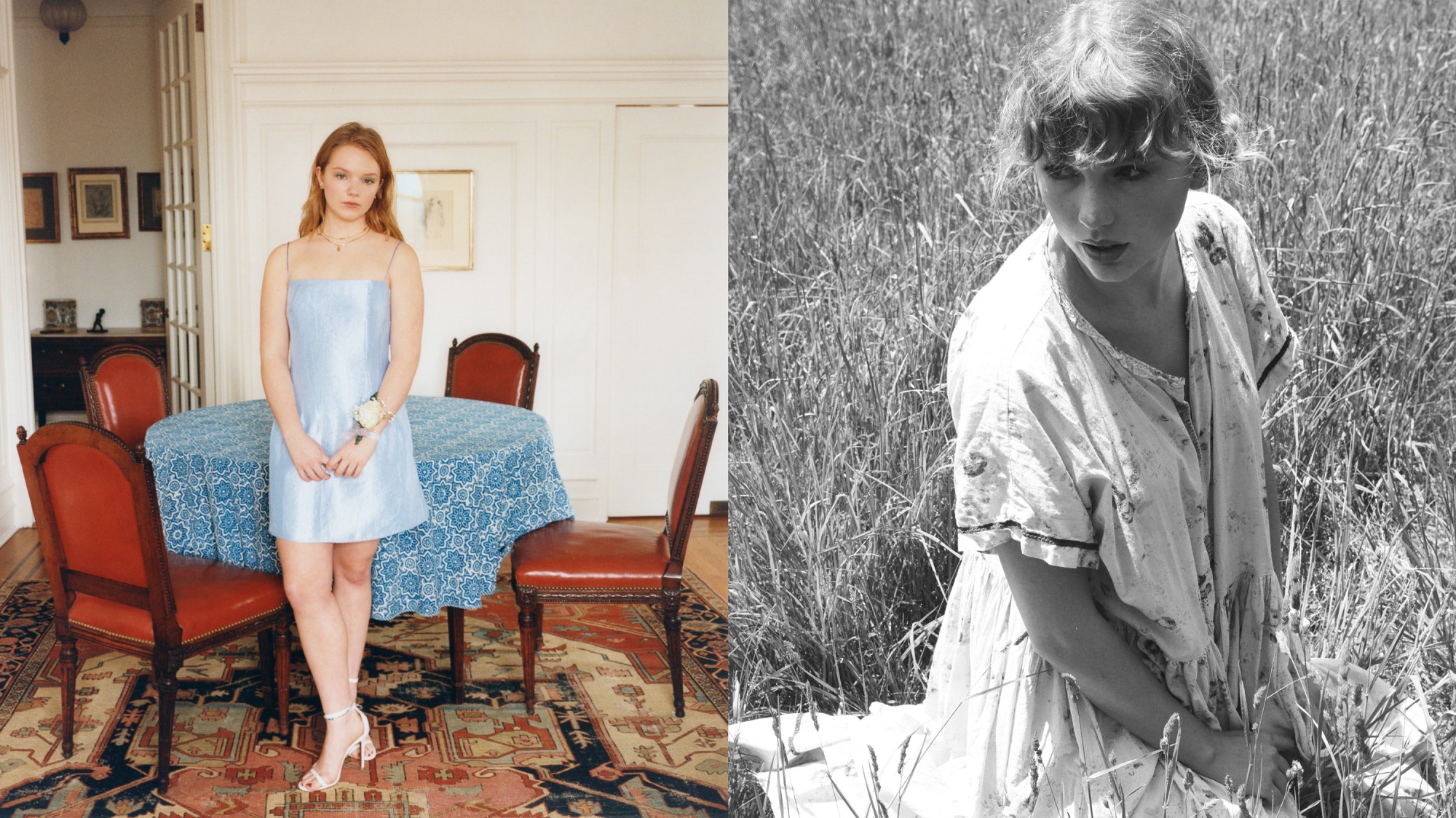Beth Garrabrant has been obsessed with making pictures since childhood. Back in high school, she landed her first gig photographing her science teacher’s kids. Before long she was cleaning the school’s darkroom in exchange for a little extra printing time.
This same devotion continued throughout college. But, graduating during a financial collapse meant forging a career as a photographer seemed near impossible, and instead she took work as a photo editor. “I wasn’t the most organised,” she says, “but I did meet photographers and friends who continue to inspire me, so I’m thankful for the detour.”
After returning to the medium full-time, today Beth draws links between the work she makes and her formative years in and out of the high school dark room. Her pictures centre on America and the youth occupying it. Her subjects, often teens and tweens, play dress up in prom gowns, hang out in the lunch hall and eat snacks on the couch. It’s a world we’re familiar with, but Beth’s images display an affinity and respect that elevates the spaces she foregrounds beyond their conventional trappings in culture. As she tells it, she manages this by commemorating her own girlhood.
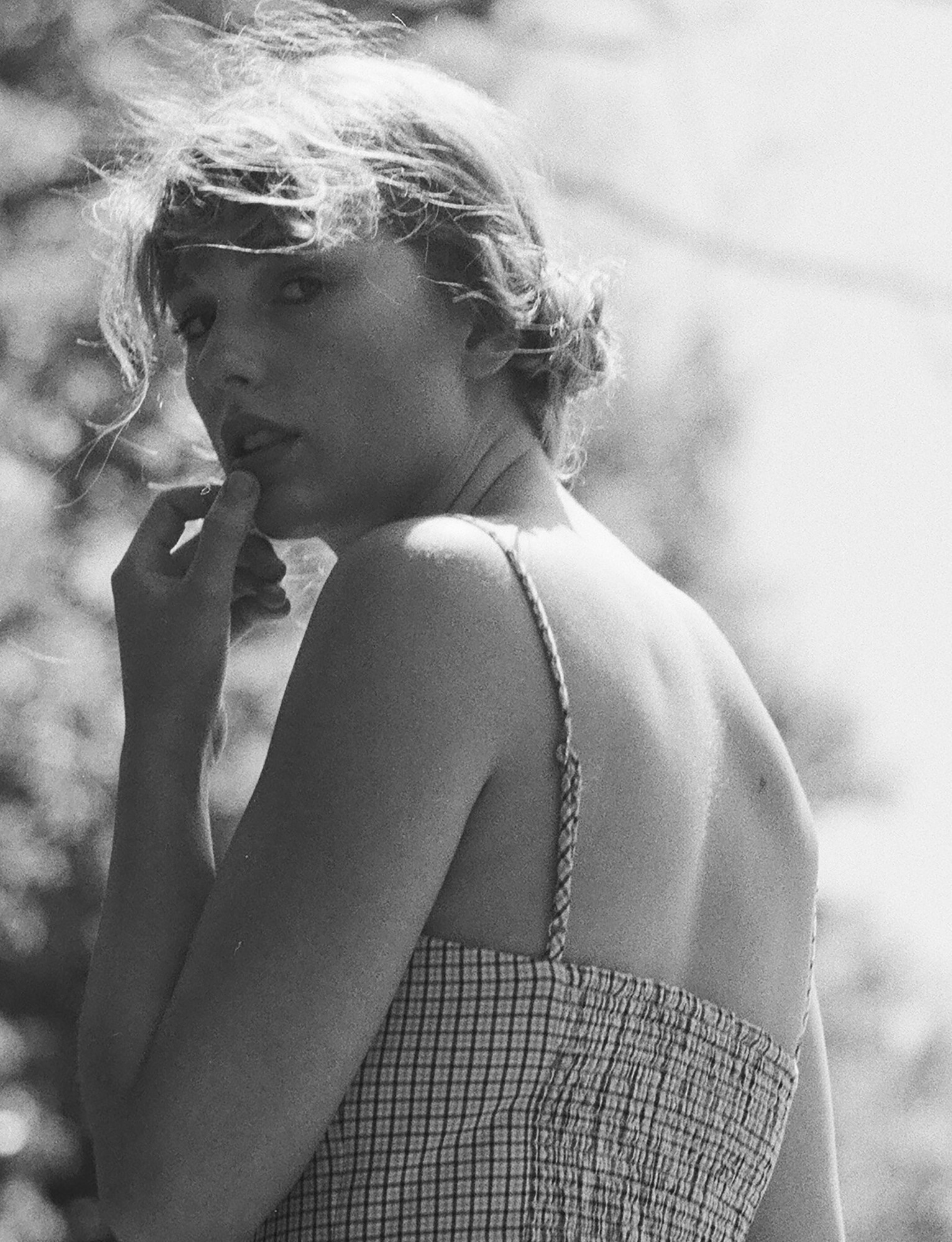
It’s perhaps fitting then, that she grew up living on the same street as a formative director in capturing American adolescence. “John Hughes lived just down the road. The imaginary town of Shermer, IL, where most of his movies take place, is based on the suburbs where I grew up,” she says.
It’s a different icon of pop culture, however, with whom Beth will henceforth be bound to. Tapped by Taylor Swift to collaborate, she shot the artwork for quarantine’s most popular album, folklore.
“A sweater-weather record released on a whim in the blue heat of this lonely summer,” according to Pitchfork, folklore was the surprise drop of the summer that no one, not even Taylor, saw coming. Announced via Instagram with Beth’s images posed in grid-formation, it spent five weeks at number one on the Billboard 100 and, almost two months on, fans continue to flood social media with their interpretations of the black-and-white pictures.
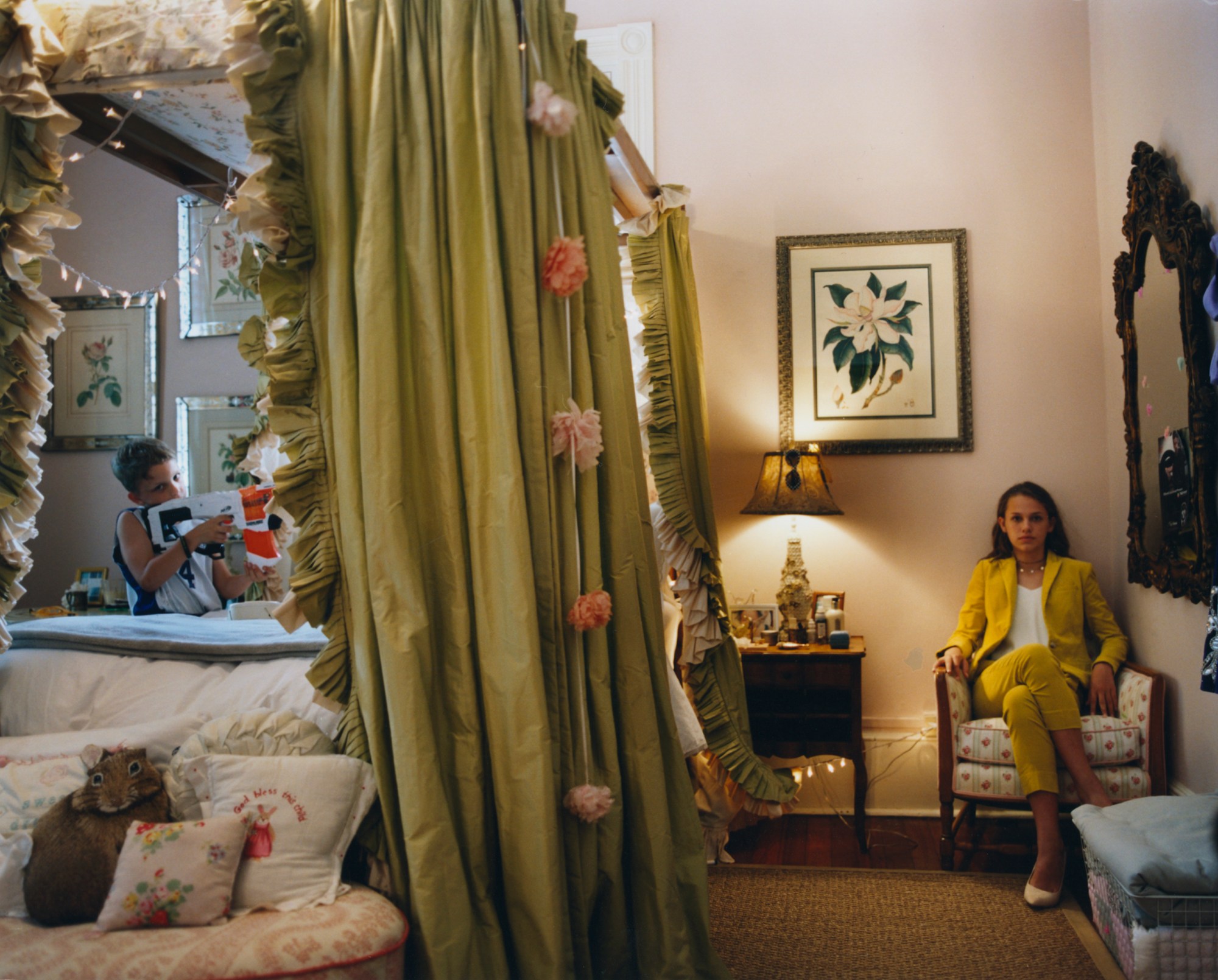
Your pictures seem to speak to your surroundings, but who are some of your photographic influences?
Tarrah Krajnak was a professor of mine at the University of Notre Dame [Indiana], and both her work and teachings were a great influence, particularly her use of alternative processes and exploration of personal history and archive. Other early influences include Esther Kroon, Emmet Gowin, and Rineke Dijkstra. As of late there are three Texan artists at the top of my list: Kennedi Carter, Rahim Fortune, and Adraint Bereal.
You grew up in Connecticut and Illinois. How have these places informed your work?
It’s a continuation of a series that I started in high school after a close friend passed away very unexpectedly. I’ve been staging, memorialising and archiving my girlhood experience. For now, I’ve moved away from the girl portraits and I’m focusing more on the setting of this experience. The town where we lived in Illinois was very insular. If I had to depict that place in one image I could easily use one of those pastel watercolor vignettes from the covers of The Baby-Sitters Club books. It was very traditional, very conservative, and very adverse to change: neon signs were not allowed and the town even tried to ban McDonalds in the 90s. In the TV show Eerie, Indiana there is an episode where you find out that the diabolical Stepford Wife next door is preserving her sons in Tupperware so that they remain teenagers forever. I’m fascinated by extreme preservation in suburbia.
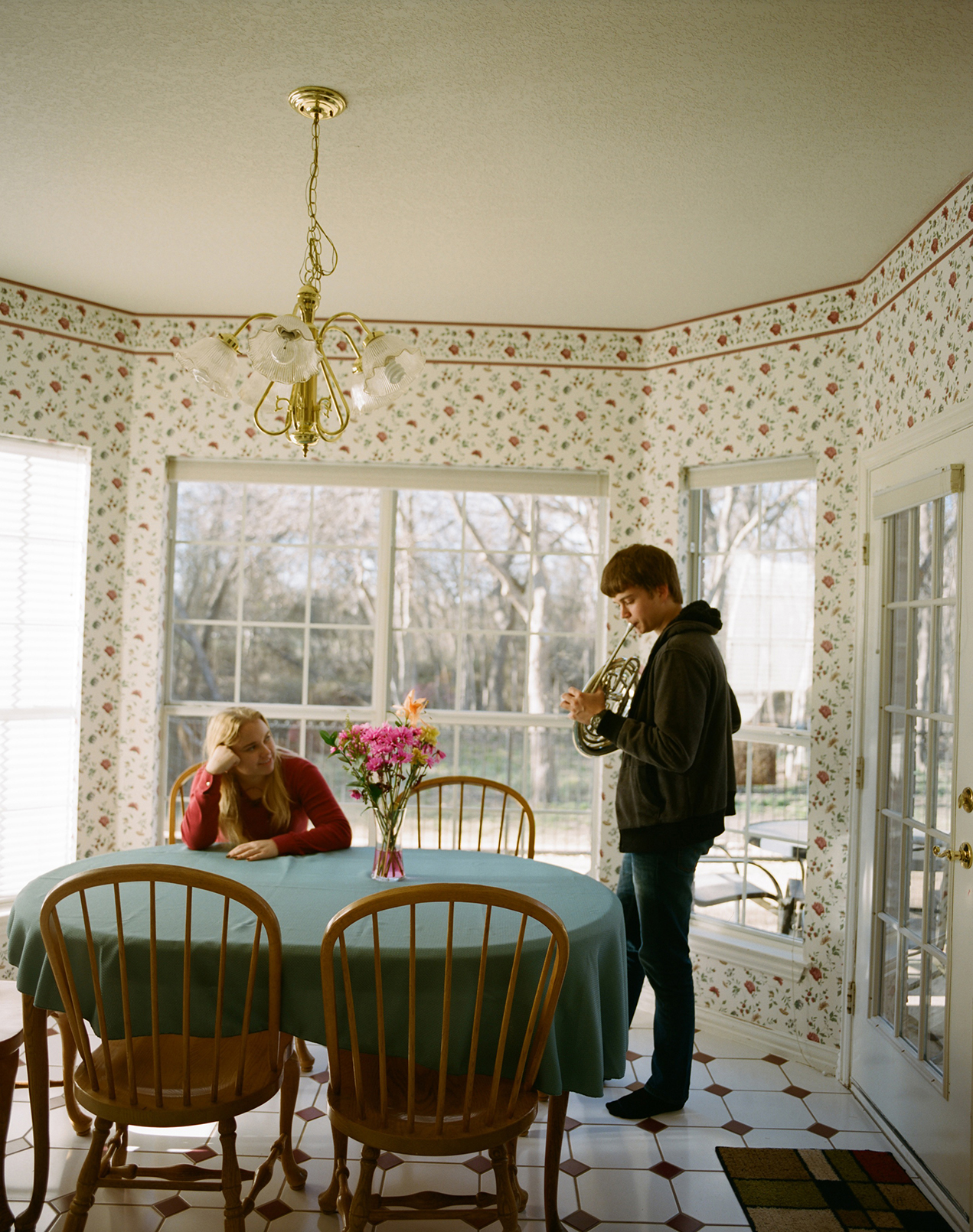
You live in Texas today. What inspired the move?
I was on assignment photographing the Miss Rodeo Texas Pageant in San Antonio when the idea was born, though I’m not sure it would qualify as an idea. I love New York but I couldn’t save a dime and I missed having a car. I just happened to be going to Texas a lot for work one year so my husband and I thought, alright, Texas! Central Texas reminds me a lot of the Midwest, minus the cold.
When did you learn you’d got the folklore gig?
I was at my studio in Austin, when my phone rang. I work in an old 1940s house that was converted into artist studios, it sits on about seven acres of land, and I was taking a walk around the property with our neighbour’s dog, Jolene, when I got the call. One week later I was in the woods with Taylor.
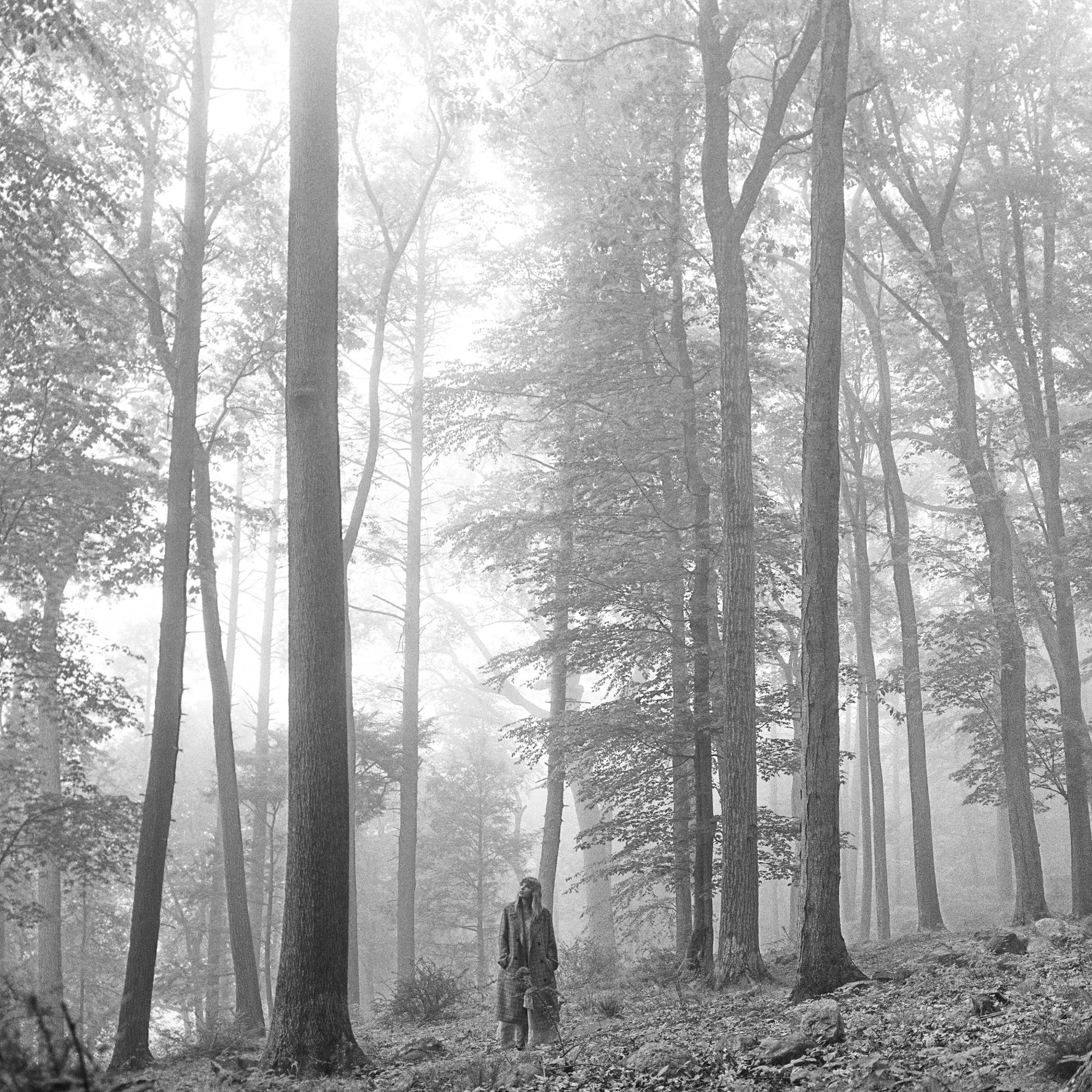
This is your first album cover right?
Yes, this is the first album cover that I’ve worked on. I’ve photographed musicians before but I’ve never been part of the album process, and certainly couldn’t have imagined the first to be of this magnitude.
What were your references going into the project?
From the very beginning Taylor had a clear idea of what she wanted for the album’s visuals. We looked at Surrealist work, imagery that toyed with human scale in nature. We also looked at early autochromes, ambrotypes, and photo storybooks from the 1940s.
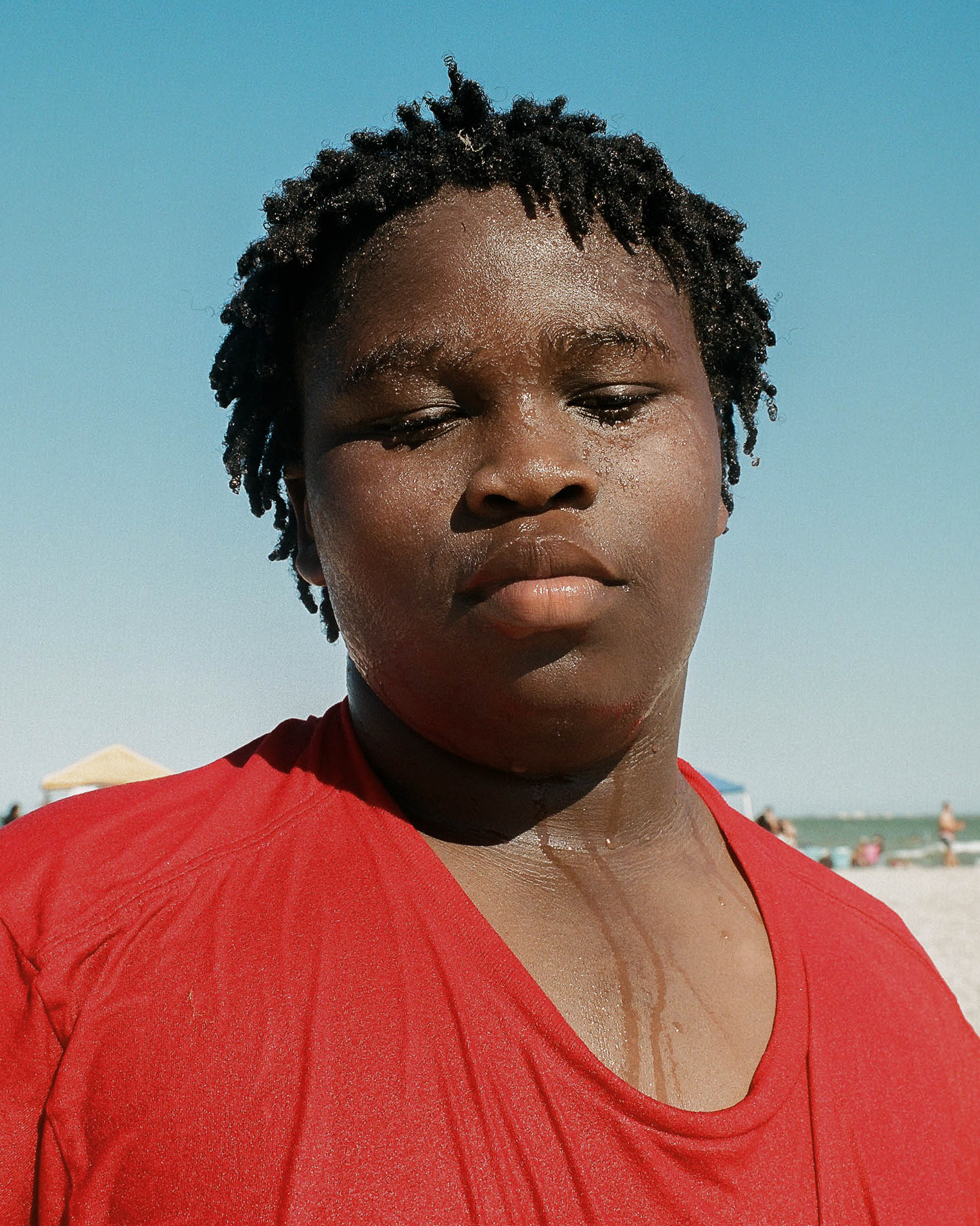
Much of your published work is in colour, but you shot black-and-white for folklore. Can you speak on this?
I was thrilled when Taylor said that she envisioned the series in black-and-white and that she was keen on having everything shot on film. Since moving to Texas I’ve started shooting more black-and-white than colour. At first this was because I couldn’t find a colour darkroom in Texas and I was anxious to print. There’s a fantastic black-and-white darkroom in Austin that’s owned by a local artist; all of the folklore film was hand developed in that little darkroom!
The record’s been out for several weeks now, only recently leaving the number one spot on the Billboard chart. What have been your personal highlights since the images were released?
My proud mom emailing me every time she saw folklore pictures online, in the newspaper, etc. But I also love seeing Taylor’s fans recreate photos from the series.
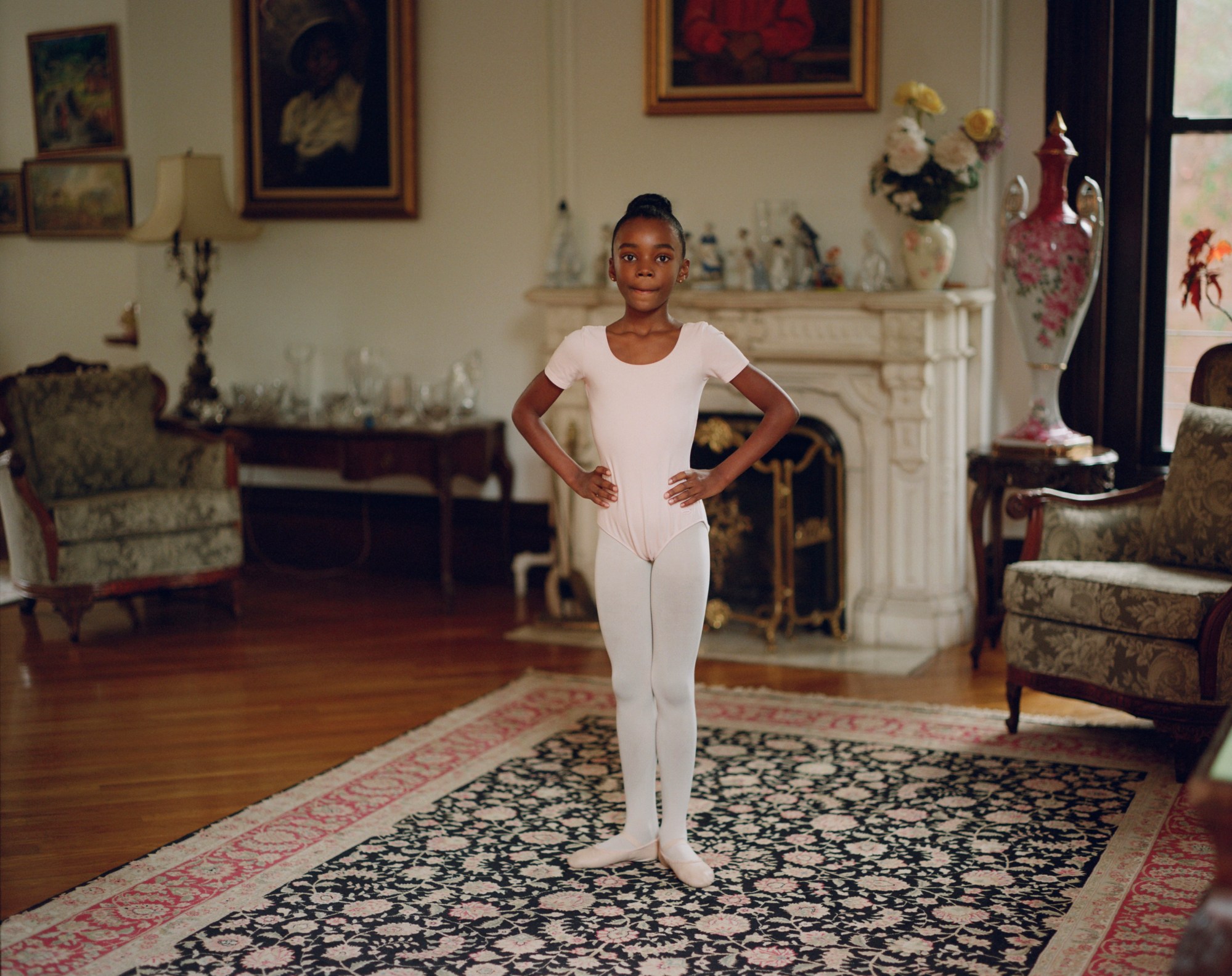
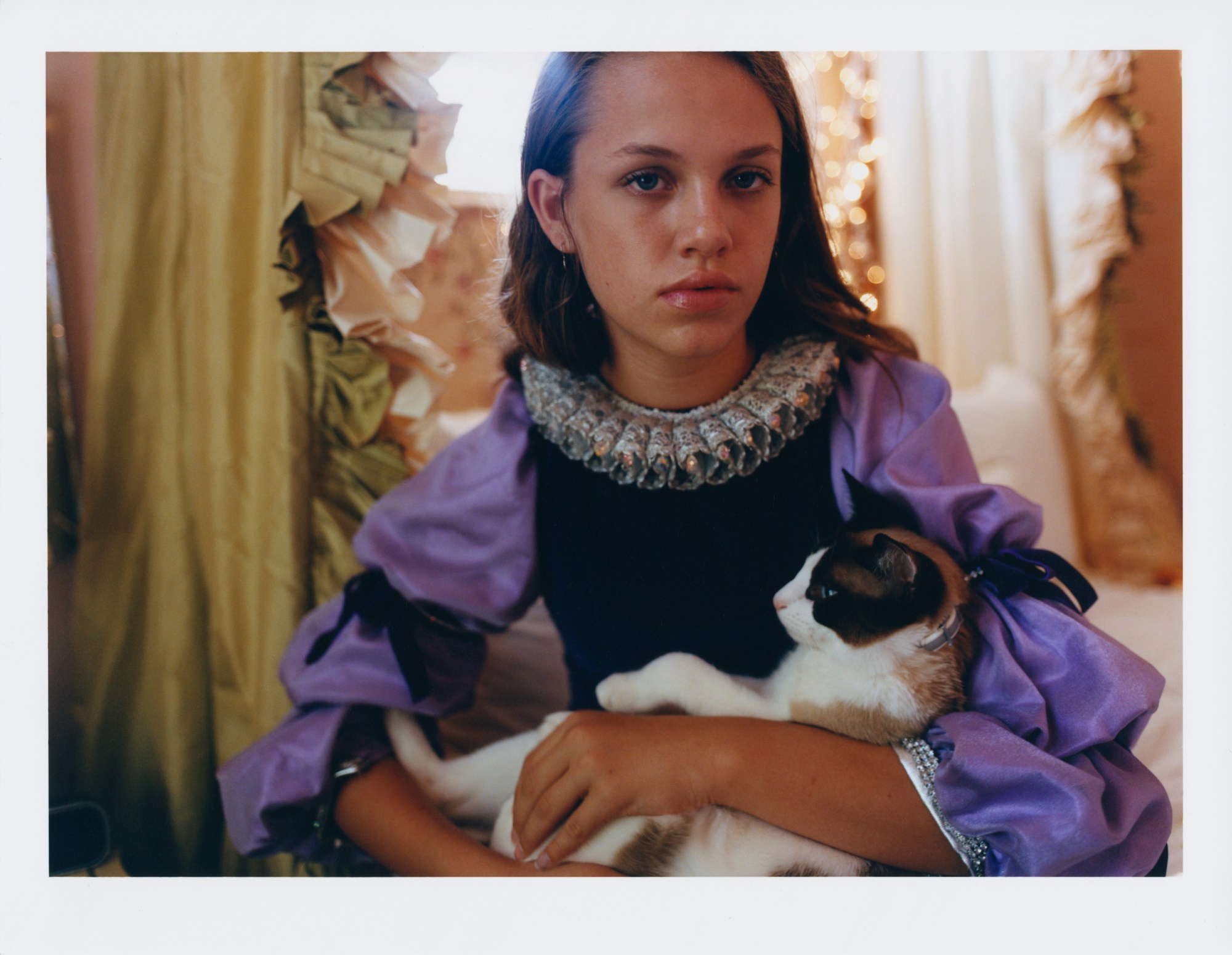
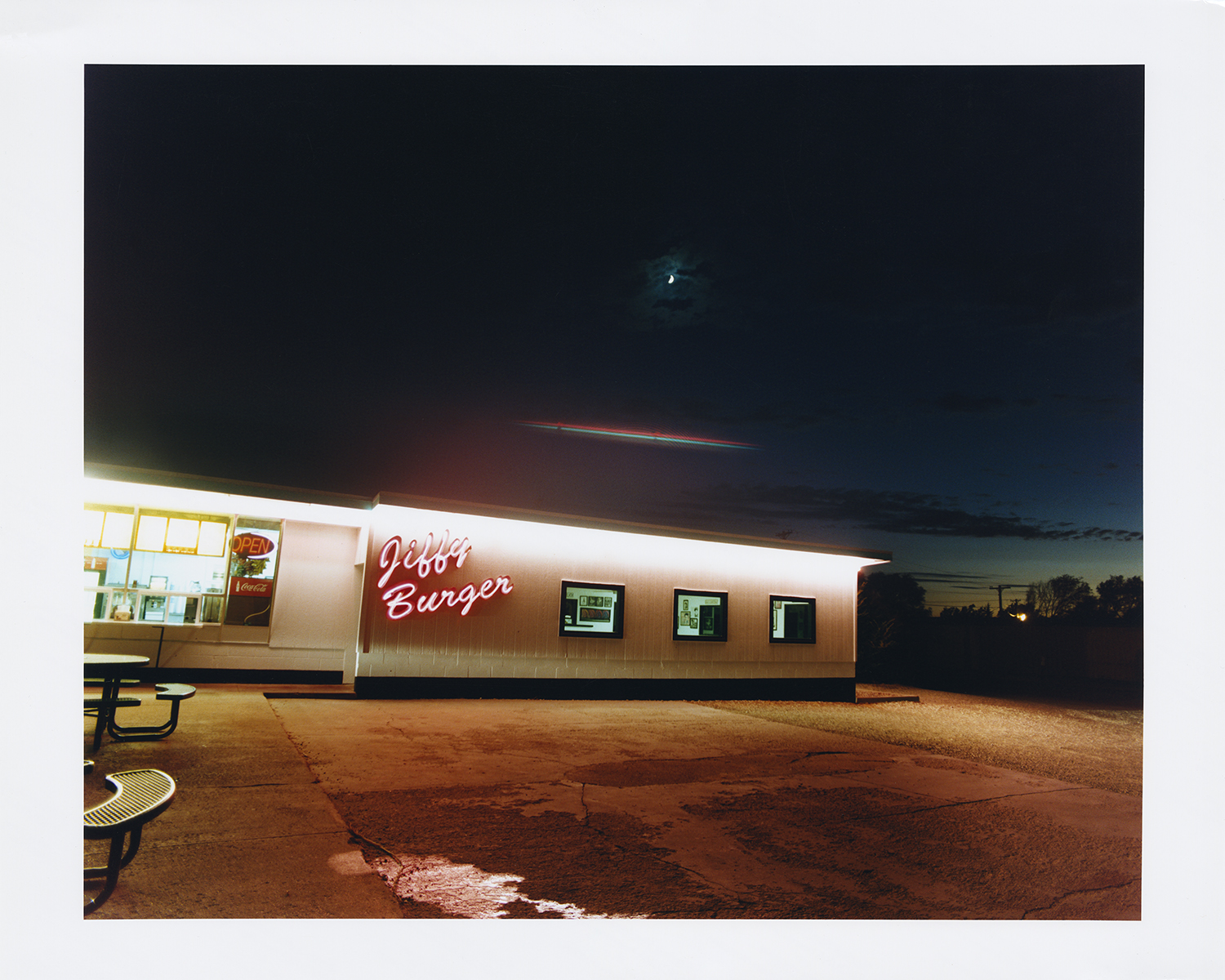

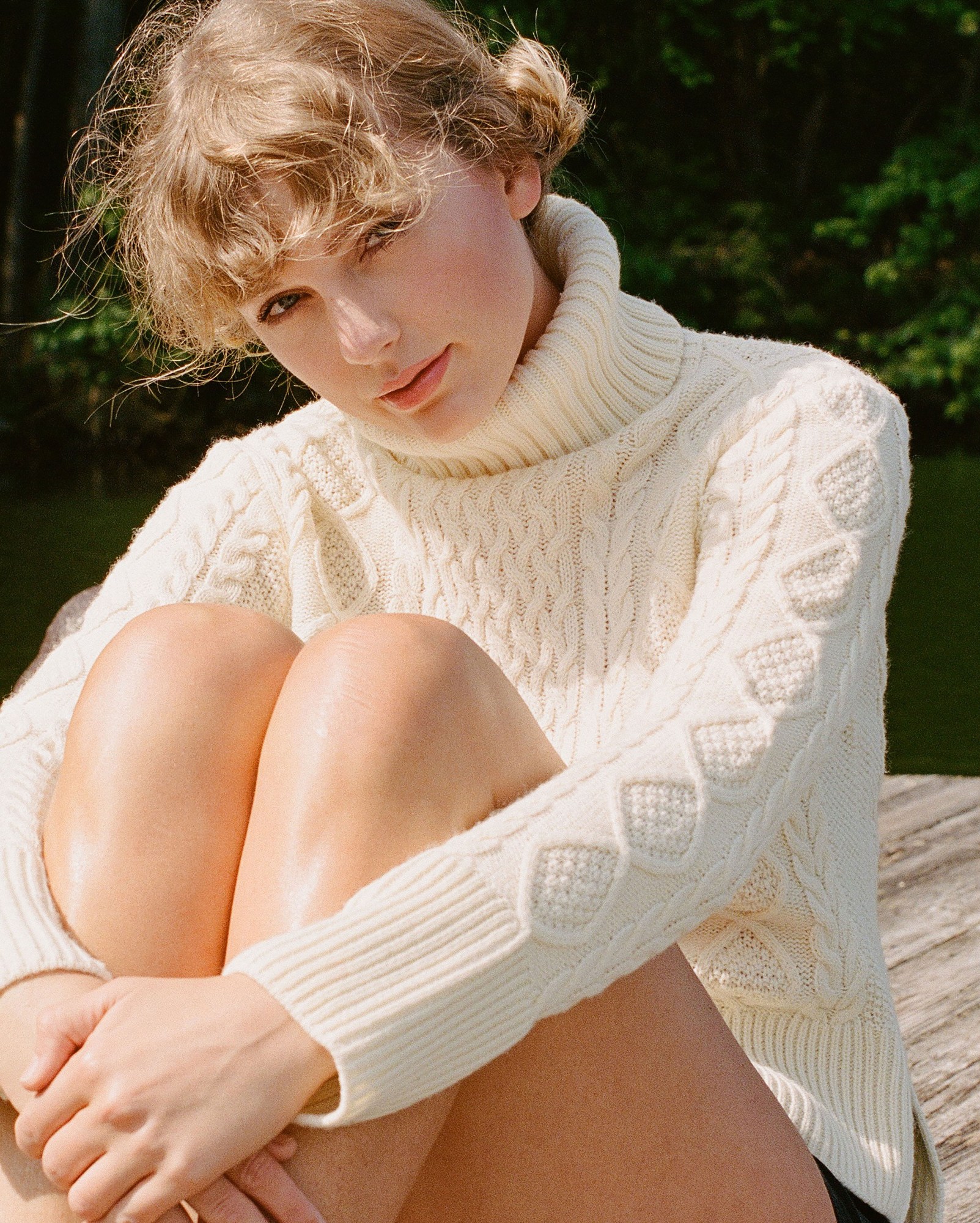
Credits
All images courtesy Beth Garrabrant
